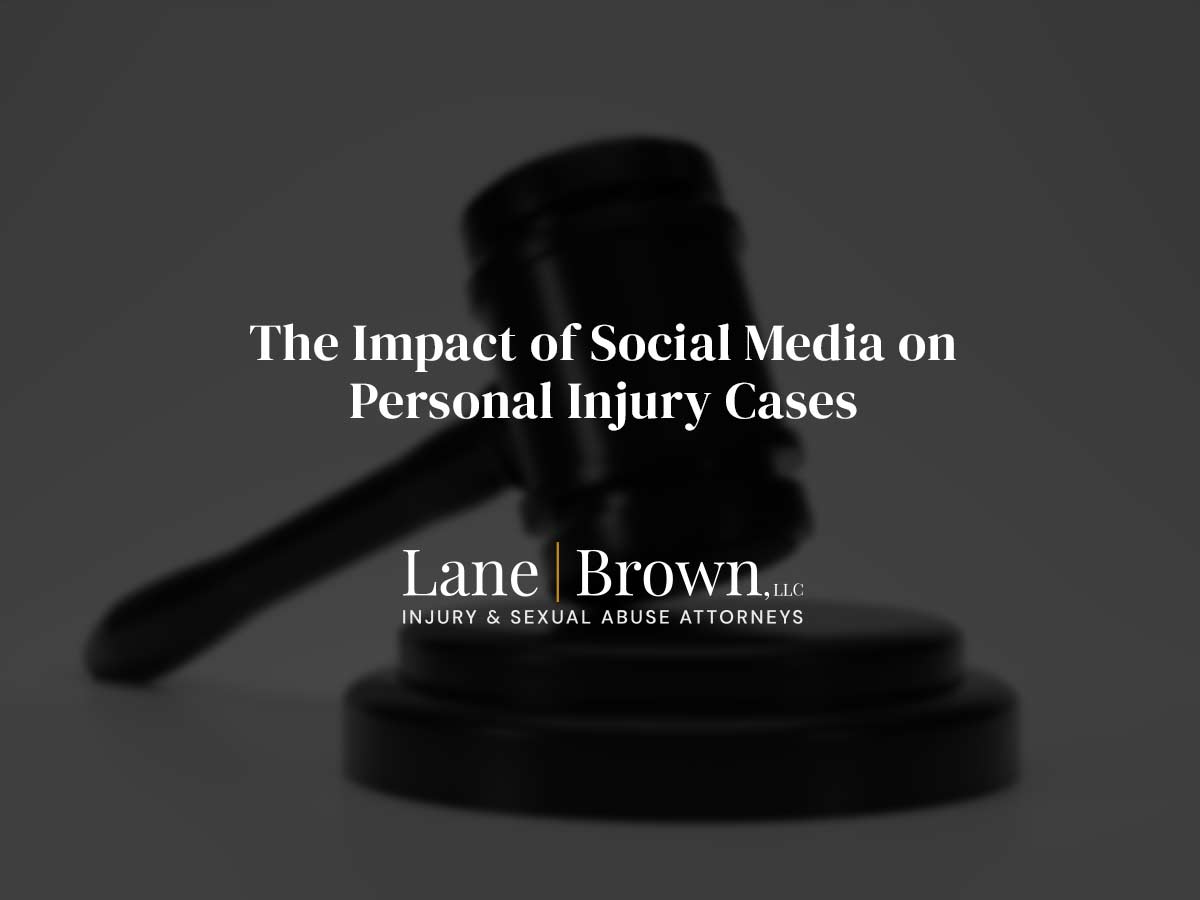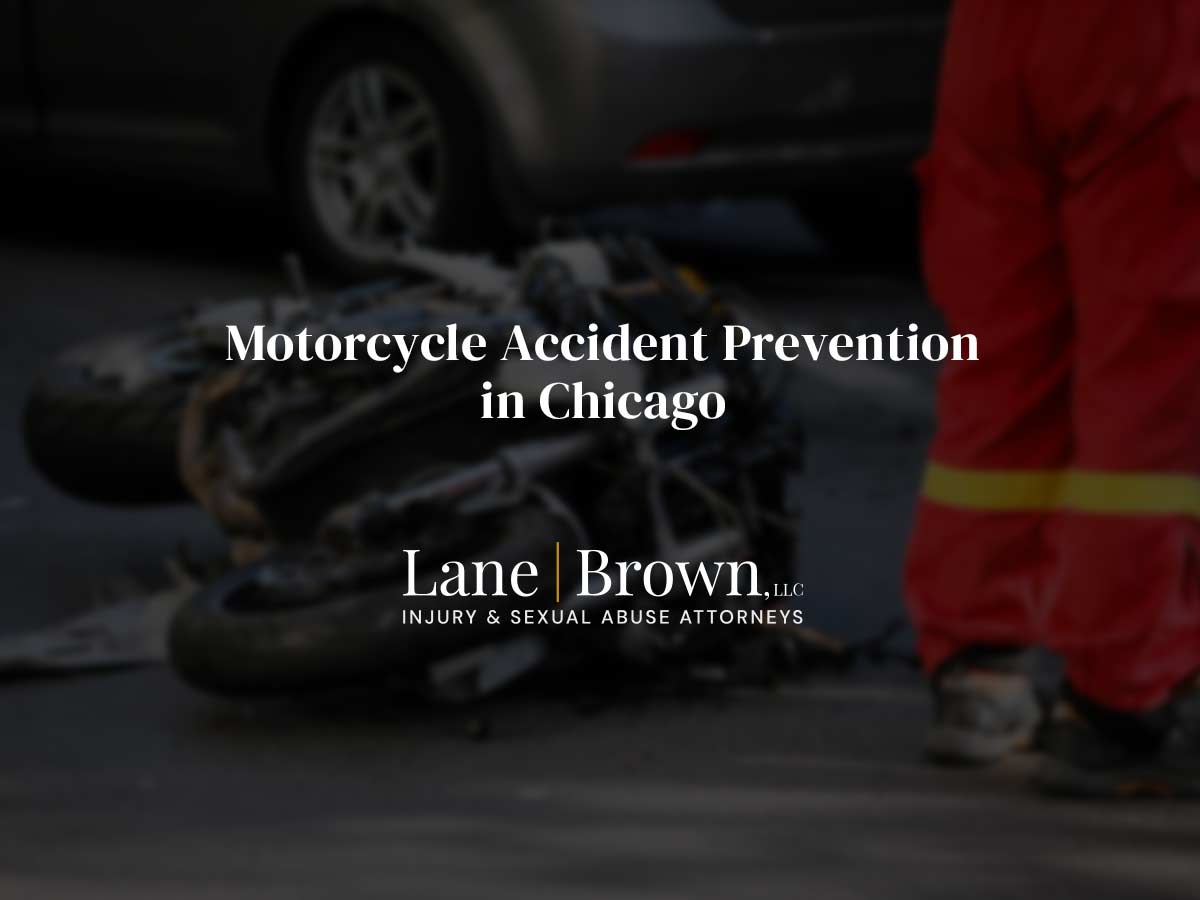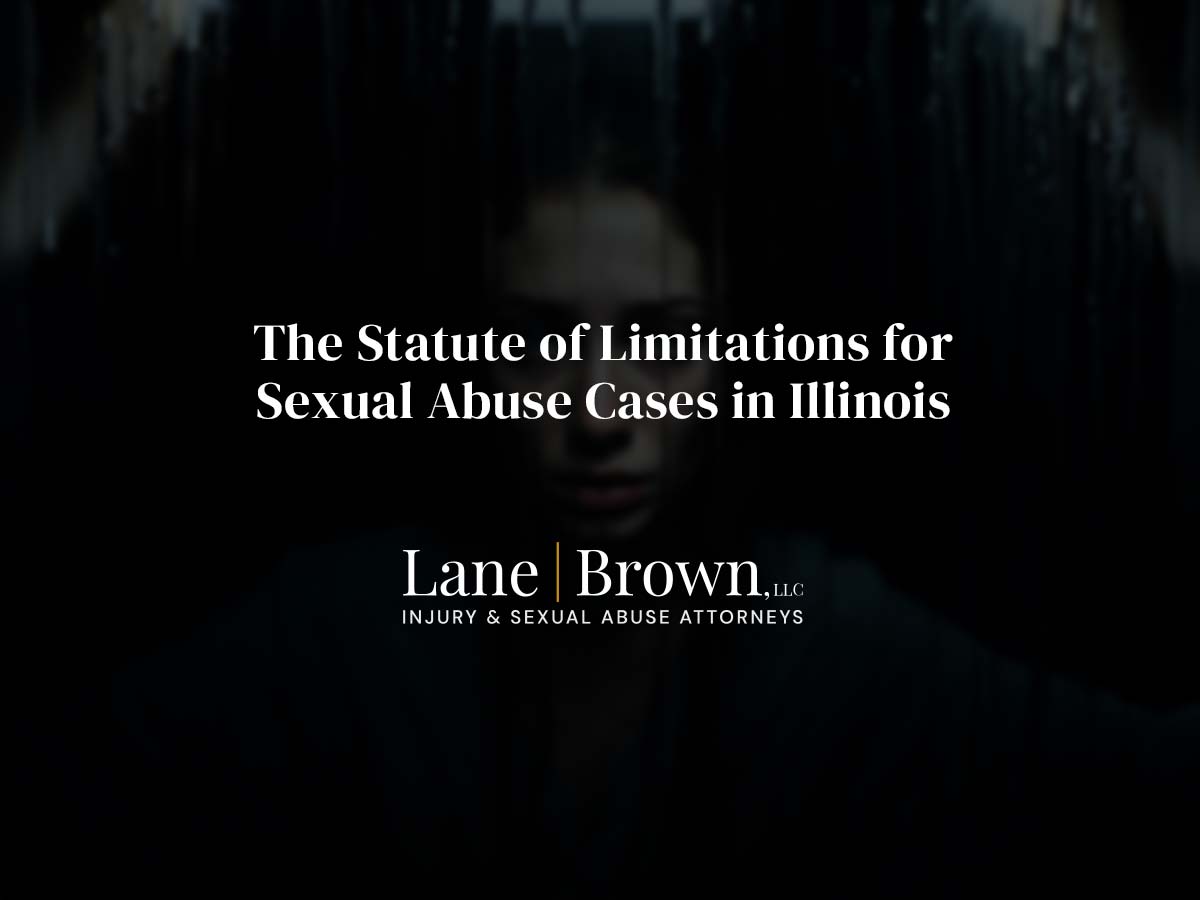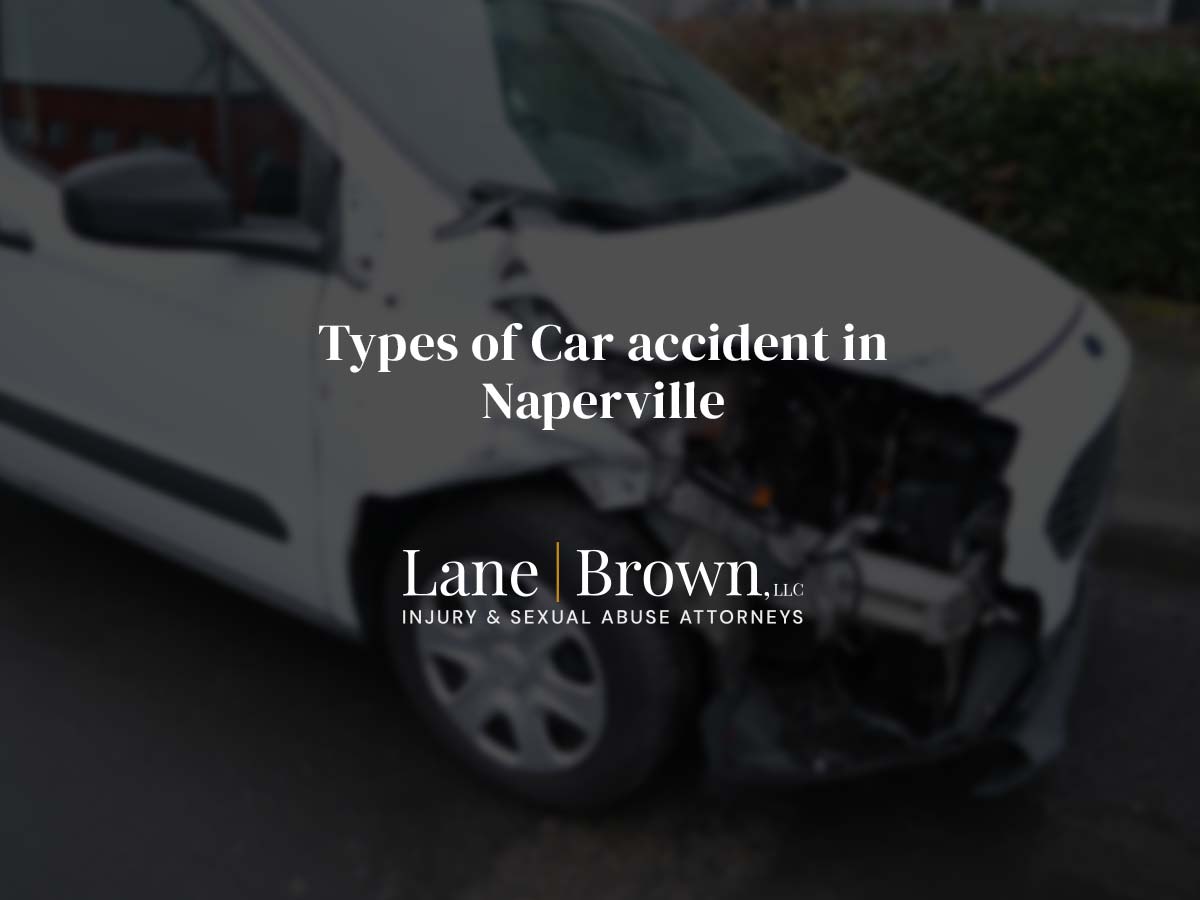In today’s world, social media is a big part of our lives and plays a significant role in legal matters, especially in personal injury cases. Think about how often people share their lives on Facebook or Instagram. These posts and pictures can become significant in court.
For someone who has been hurt, whether in a car accident or through a medical mistake, what they post online can affect their case. Even a simple photo or a post about their day might legally change how their injury is viewed. Personal injury lawyers and insurance companies regularly check social media for evidence.
For example, if someone claims a severe injury from a car crash but then posts pictures of themselves hiking or going out, it could be used against them in court. The same goes for medical negligence cases. Social media posts can tell a story that might not match the injury claims.
This blend of our online lives and legal cases shows that how we handle personal injury claims is changing. It’s vital for everyone involved to understand how what we share on social media can impact these legal issues.
If you’re navigating a personal injury case and need guidance on managing your social media presence, Lane Brown, LLC, is here to help. Contact us today for reliable legal advice tailored to the digital age.
Social Media’s Dual Impact on Cases
Social media can be a double-edged sword in personal injury cases. It can either weaken a plaintiff’s claims or provide evidence to support them.
Plaintiff Credibility Risks
In the courtroom, every detail matters. Plaintiffs must maintain credibility to win their cases. But social media posts might trip them up.
- Photos of physical activity could suggest an exaggerated injury.
- Check-ins at events imply a healthier lifestyle than claimed.
The impact is real. A simple picture from a party could raise doubts about someone’s injury severity. This happens more often than people think.
Defendants’ Evidence Hunt
Defendants are always on the lookout for anything that can help their case. They turn to social media for this very reason.
- Contradictory posts by plaintiffs become powerful courtroom tools.
- Even comments and likes can paint a different story than what’s alleged.
For example, liking a hiking page after claiming severe leg injuries doesn’t look good. It’s these little things that can change the whole situation.
Plaintiffs Turn the Tables
But it’s not just defendants who use social media in their favor. Plaintiffs also keep an eye on defendants’ online activities.
- Inappropriate posts by defendants might show negligence or recklessness.
- Photos or statuses could contradict defense claims of financial hardship.
Imagine finding photos of a defendant buying a luxury car after pleading poverty in court! That would undoubtedly impact the jury’s perspective and could turn chances around for the plaintiff.
The Big Picture
Understanding how social media affects personal injury cases is crucial for both sides involved:
- Lawyers advise clients to lock down their accounts during litigation.
- Some go further, recommending complete abstinence from posting until resolution.
There have been different reasons for case outcomes changing due to social media missteps:
- Patients showing robust health online resulted in lost compensation.
- Others found justice when defendants made the mistake of oversharing online.
Best Practices for Social Media Usage
Social media can affect personal injury cases. It’s wise to manage online activity carefully.
Limit Public Posts
Lawyers often tell clients to post less online during a court case. Why? Because the other side might see your posts. Even a simple picture or comment could hurt your case. For example, if you claim you’re hurt but post a photo of you dancing, it seems you’re not injured.
- Avoid sharing new content.
- Don’t comment on current events.
- Refrain from posting location check-ins.
Private Account Settings
Private settings are another shield for your social media life. They help keep strangers from seeing what you share. This is key when in the middle of legal action.
Here’s how to tighten up privacy:
- Change account settings to ‘private’.
- Approve followers or friends carefully.
- Review past posts that may be public.
Social Media Hiatus
Sometimes, taking a break from all social platforms is best until everything is settled in court. This means no Facebook updates, no tweets, nothing at all. It’s challenging but safe.
Think about these points:
- There is no chance of harmful posts.
- Less stress about online images.
- More focus on the legal case.
Remember, each tweet or picture shared adds to your digital footprint—something lawyers and insurance companies love to track.
Crucial Role of Social Media Posts as Evidence
Social media posts can sometimes prove what a person is physically or emotionally capable of. They can also show where and how someone spent their time after injury.
Posts Show Capability
Imagine you’re claiming to be hurt, but there’s a post of you dancing at a party. That’s going to raise some eyebrows. Personal injury attorneys love digging through social media records for this. They look for any evidence that could make people doubt your injury claims.
For example:
- A photo shows you lifting heavy weights when you’ve claimed a back injury.
- A video where you’re laughing and having fun while you say you’re suffering from depression due to the accident
These social media posts act like silent witnesses that don’t always work in your favor.
Timestamps Tell Tales
Now, let’s talk about timestamps. They are like those little digital breadcrumbs appearing when something is posted online. If a timestamp on a photo or video contradicts your claim, it’s not looking good for you.
Here are some instances:
- A selfie from a hiking trip dated after the day you supposedly got injured
- Live videos showing participation in activities that should be impossible with your claimed injuries
Lawyers will review these timestamps and use them against you if they can.
Community Perception Counts
Your friends’ comments and reactions on social media can also play a significant role in personal injury cases. They create an image of what the community thinks about your situation.
Some examples include:
- Comments joking about how quickly you “recovered” from an injury.
- Reactions that suggest people aren’t taking your claims seriously
This can influence how insurance companies and juries perceive your case.
Social media records are potent tools in courtrooms today. Your posts, photos, and even comments from friends can all become critical pieces of evidence. And once something is on the internet, it’s hard to argue that it doesn’t exist or wasn’t real.
Court Demands for Social Media Disclosures
Courts now often require the disclosure of social media during personal injury cases. Judges may compel parties to hand over social account information, balancing privacy and legal discovery needs.
Legal Precedents Set
Court decisions have set expectations for revealing social media data in trials. You should share if your posts show something about your injury claim.
- Cases where courts demanded social profiles
- Impact on jury verdicts when evidence is disclosed
Defense attorneys argue that your online activity can reveal truths about your claims. Say you’re claiming emotional distress but post party photos; that could affect your case big time.
Judges’ Orders Expand
Judges are getting stricter about accessing this information. They sometimes tell people in a lawsuit that they must give up their passwords or copies of their online chats and pictures.
- Instances of court orders for account access
- How defense counsel uses these archives against clients
This isn’t just snooping; it’s legal stuff to determine if someone’s telling the truth. If a judge says, “hand it over,” you’ve got to do it or risk hurting your shot at fair compensation.
Privacy vs. Discovery
It’s tricky to keep private things private while obeying court orders. Everyone has rights, but the court also has a job to dig into relevant facts.
- Balancing individual privacy with legal duties
- Defense strategies involving breach of privacy claims
Your personal space matters, but so does finding out what happened. Courts try to respect both sides, meaning private messages are sometimes part of the case.
Importance of Consistent Online Behavior
Social media can make or break personal injury cases. Ensuring that online presence is consistent with the real-life impact of injuries is critical.
Discrepancies Lead to Skepticism
Imagine someone claiming severe back pain in court but posting pictures of a mountain hike on Instagram. This mismatch makes people doubt the truthfulness of their claims. Lawyers and insurance companies scour social media for such discrepancies. If they find something, it could seriously harm the credibility of the person injured.
Real-Life Limits Must Match Online
It’s not just about what you post now; your entire online history is up for scrutiny. Say a family member tags you in an old photo where you’re playing football after your accident date. Even if it’s a throwback Thursday post, it might suggest your life isn’t as affected as you claim.
Here are some examples where consistency matters:
- Describing daily challenges on social media that align with claimed injuries.
- Avoid posts that show physical activity contradicting alleged limitations.
- Ensuring family and friends understand the importance of their posts regarding your case.
Past Posts Can Contradict
Your past online presence can come back to haunt you. For instance, discussing previous injuries or accidents may lead others to think your current condition is related to those instead of the recent incident.
Consider these points:
- Deleting questionable past posts might be seen as tampering with evidence.
- Inconsistencies between past and present claims can reduce settlement offers.
- Old posts showing risky behavior could imply a predisposition to accidents.
Consequences Are Significant
The outcome of personal injury cases often hinges on perceived honesty. Social media missteps can lead to reduced compensation or even case dismissal. The consequences are real, affecting not just the individual but their whole family.
Here’s what could happen:
- Judges might view you as unreliable, influencing their decisions negatively.
- Insurance payouts may be substantially lower if there’s doubt about your integrity.
- Your professional reputation could suffer long-term damage beyond the case itself.
Remember, in personal injury cases, online behavior should reflect real-world limitations accurately. Aligning virtual presence with actual life situations isn’t just wise—it’s crucial for a fair trial and appropriate compensation.
Understanding the Legal Implications of Social Media With Lane Brown, LLC
In our digital world, social media touches almost every part of our lives, including the law. With Lane Brown, LLC, you’ll learn how your Facebook, Instagram, or Twitter could have unexpected legal effects. This isn’t just about what you post but what you like, share, or comment on.
Have you ever considered how a casual tweet or a holiday photo might look in a legal case? These details matter whether it’s a personal injury claim or a business dispute.
Remember, what you share online can sometimes be used in court. Our team at Lane Brown, LLC, is here to ensure that you’re not just socially savvy but legally smart. So, whether you’re dealing with a legal issue or want to stay informed, we’re your go-to for navigating the legal dimensions of social media. Keep in touch with us today for a consultation!
FAQs
- How can social media posts affect my personal injury claim?
Social media posts can significantly impact your personal injury claim by providing evidence that may contradict your statements about the extent of your injuries or recovery process. Insurance companies and opposing lawyers might use photos, comments, or check-ins to challenge your credibility or argue that your injuries are not as severe as claimed.
- Is it safe to post on social media if my profiles are private?
Even with strict privacy settings, there’s no guarantee that what you post will remain private. Friends or followers could share your information without consent, making it accessible to opposing legal teams. To ensure safety, it’s best to limit posts about any incident related to your case or refrain from posting until it is resolved.
- Can deleted social media content still be used against me in court?
Yes, even deleted content can be used against you in court if archived or captured via screenshots before deletion. Courts may also order the recovery of deleted data under certain circumstances.
- Should I deactivate my social accounts during a personal injury lawsuit?
Deactivating your accounts might prevent new potentially harmful data from being created, but consult with an attorney first because this action could be interpreted as an attempt to hide evidence.
- What kind of social media activity should I avoid during a lawsuit?
During a lawsuit, avoid discussing any aspect of your case, posting photos or updates about physical activities that could conflict with claims of injury severity, checking into locations that suggest active lifestyles inconsistent with your injuries, and engaging in conversations regarding fault or liability.
- Can comments made by others on my posts affect my case?
Comments others make on your posts could affect your case if they pertain to the incident or contradict claims about injuries and recovery efforts. It’s wise to monitor what you post and what others post on your timeline.
- Will hiring an attorney help me navigate social media use during a personal injury case?
Absolutely! An experienced attorney will advise you on proper social media usage during a personal injury case and help mitigate any potential risks associated with online activity.






